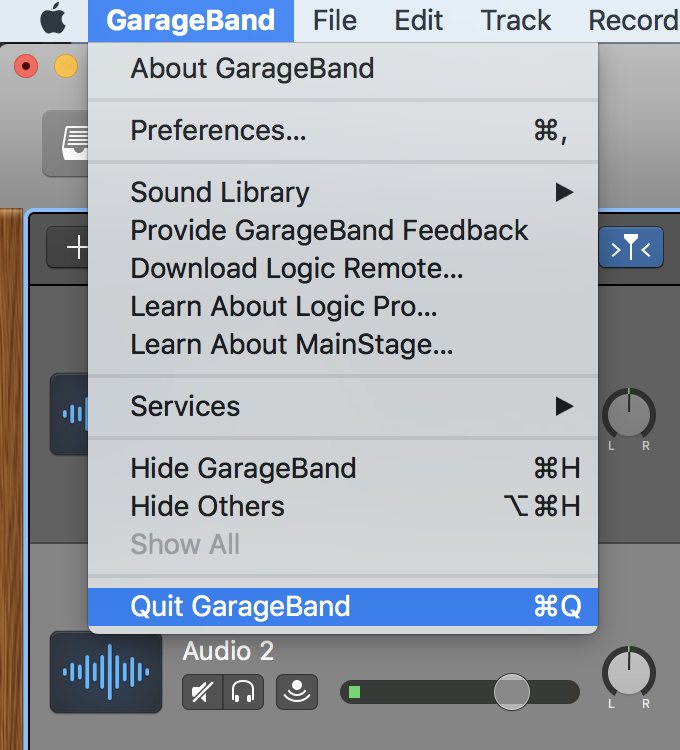고정 헤더 영역
상세 컨텐츠
본문
GarageBand File uses AIFF or AIF file extensions as they produce high-quality audio file in an uncompressed audio format, which can be saved in a disc or DVD as well. Even though AIFF supports superior-quality audio content compared to MP3, AIFF is a bulky format which takes up excessive space in your PC. May 25, 2015 The easy procedure to unzip files on Mac. The easy procedure to unzip files on Mac. Skip navigation Sign in. How to Unzip a.zip file Not Extracting from Terminal on a Mac - Duration: 1:08. How to Convert Mac-Specific Files To Work on Windows 10. Your contacts have been exported to a widely supported.VCF file! Mac to PC Guide: How to Make the Switch. Previous Tip. Windows based program to edit garageband files? By fuzz1303 11 years ago I am curious if there is a program available that is window based but will edit a garageband file? Apr 14, 2011 How to extract audio clips from a garageband file. Ipad iPhone iPod ISD Libretto linux mac Mattel Aquarius ms-dos OpenWrt os x pcb PC XT Pinball podcast python. Aug 16, 2017 How to zip and unzip files on iOS. By Charlie Sorrel. 2:00 pm. But you can still do it easily enough on iOS. Photo: Charlie Sorrel/Cult of Mac. Unzip a file in iOS in Documents.
Note: If you wish to backup your project to the MC Storage Space, you will need to sign up before backing up your iMovie/Final Cut Pro/GarageBand project.
Saving Your Project
In order to save your GarageBand project when you’re ready, simply navigate to the File menu at the top of your screen and select Save As.
In this save window, you can give your project a title at the top. On the left-hand side, click on Desktop in order to save your project to the computer’s Desktop.In the bottom-left corner, uncheck the Hide Extension box, so you can identify your file as a .band file.
Once you’ve named your project, click on Save in the bottom-right corner. This will save your GarageBand project out to the Desktop of the computer you’re working on.
Once your project is saved, you will need to quit out of GarageBand to avoid any errors.
Do not just click the red circle, that does not close the program. Click “GarageBand” then “Quit GarageBand.”
Your saved project file will look like this on the desktop:
Backing Up

Now that you’ve saved your project, you are ready to connect whichever storage method you prefer. This can be a flash drive, an external hard drive, or the Media Commons Storage Space. If you are saving to cloud storage like Google Drive, Box, or Dropbox, simply login to your account from a web browser.
If you are using a flash drive or hard drive, connect it to the iMac via USB. It will show up on the Desktop as an icon, so you can double-click on this icon to open your drive and view its contents.
If you wish to save to the MC Storage Space (after you’ve signed up for a folder), double-click on the Access My MC Storage Space icon out on your Desktop.
After your .zip file copies into your drive or uploads fully into your cloud storage account, you are good to go! Your project is now backed up so you can access it later and continue recording and editing.
Restoring
When you are ready to begin working on your GarageBand project again, you will want to access whichever storage device you used to backup your project.
Unzip Mac Files On Windows
Once you’ve found your .zip file on your drive or downloaded it from cloud storage, you want to make sure to drag it onto your Desktop.





댓글 영역